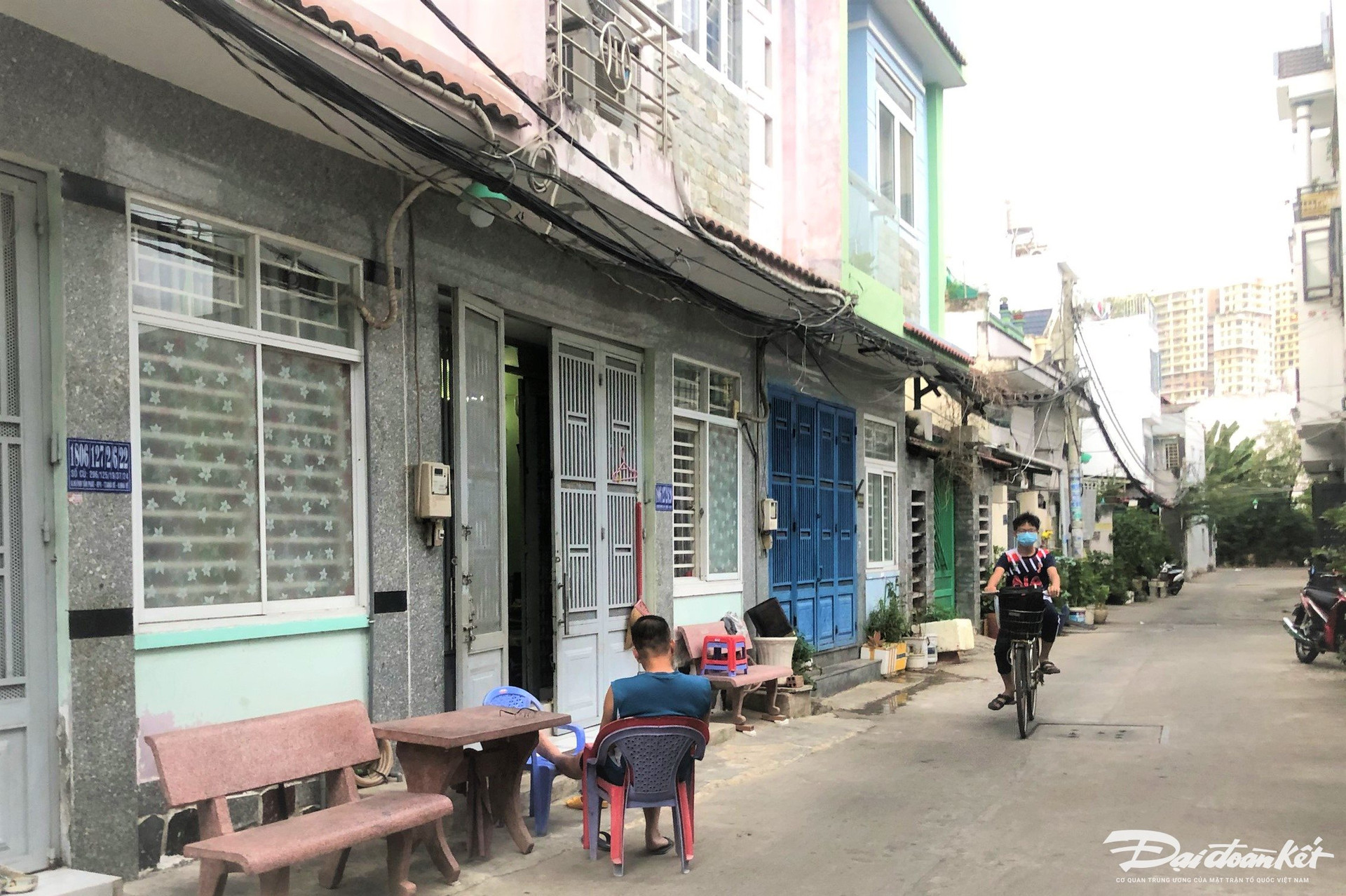
Accordingly, the Ho Chi Minh City Real Estate Association has proposed to supplement regulations on land allocation and lease for small, narrow, and interspersed plots of land to detail Point n, Clause 3, Article 124 of the 2024 Land Law.
Citing the case of Ho Chi Minh City, a representative of the Ho Chi Minh City Real Estate Association said that before 2008, Ho Chi Minh City had regulated the "collection" of land areas under State management or assigned by the State for management ("public land") that were scattered, "interspersed, interspersed", and irregular in real estate and commercial housing projects (not eligible to be separated into independent projects to conduct land use rights auctions, bidding for projects using land to select investors).
Initially, the city allowed an "exchange" of 8%, then gradually increased to 10%, 12%, 15% of residential land and business land of projects with infrastructure for the State to use or "auction" to collect for the State budget.
According to the Ho Chi Minh City Real Estate Association, the above method of Ho Chi Minh City is easy to understand, easy to implement, and ensures State budget revenue, but has not been implemented since 2008. However, in the current context, with the provisions at Point n, Clause 3, Article 124 of the 2024 Land Law, it can be applied in current practice.
The advantage of the "swap" mechanism is that it is easy to understand, easy to do, and the source of residential land and business land of the project that the State can use directly, or assign to the State Asset Auction Center to conduct auctions, creating a significant source of revenue for the State budget.
At the same time, the Ho Chi Minh City Real Estate Association also believes that the "swap" solution also promotes land resources, which are "public land" areas "interspersed" in real estate and commercial housing projects according to market mechanisms.
The issue that needs to be considered is specific regulations on reasonable "exchange rates" to avoid loss of State budget revenue and loss of public assets such as land resources.
Regarding this issue, the Ho Chi Minh City Real Estate Association proposed to prioritize the regulation of "exchanging areas under State management or assigned management (public land) located in real estate projects, commercial housing with 17% (or 18%) of residential land, business land of projects with infrastructure".
The basis of this proposal is that the detailed planning at a scale of 1/500 of current real estate and commercial housing projects often only stipulates a "residential land ratio" of about 25-38% for high-rise projects; about 45-50% for townhouse projects; about 50-60% for villa projects, and in the case of garden house projects, the "residential land ratio" is very low, only about 10-15%.
It is known that the document providing comments on the draft Decree regulating land prices of the Ho Chi Minh City Real Estate Association will be sent to the Prime Minister and relevant ministries, such as the Ministry of Natural Resources and Environment and the Ministry of Justice.
Source: https://daidoanket.vn/tp-hcm-de-xuat-sua-luat-lien-quan-den-thua-dat-sieu-nho-10280895.html



![[Photo] Overcoming all difficulties, speeding up construction progress of Hoa Binh Hydropower Plant Expansion Project](https://vstatic.vietnam.vn/vietnam/resource/IMAGE/2025/4/12/bff04b551e98484c84d74c8faa3526e0)


![[Photo] Closing of the 11th Conference of the 13th Central Committee of the Communist Party of Vietnam](https://vstatic.vietnam.vn/vietnam/resource/IMAGE/2025/4/12/114b57fe6e9b4814a5ddfacf6dfe5b7f)




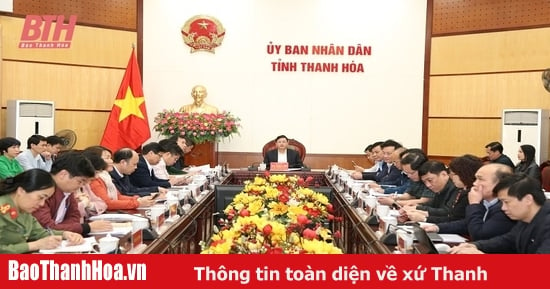
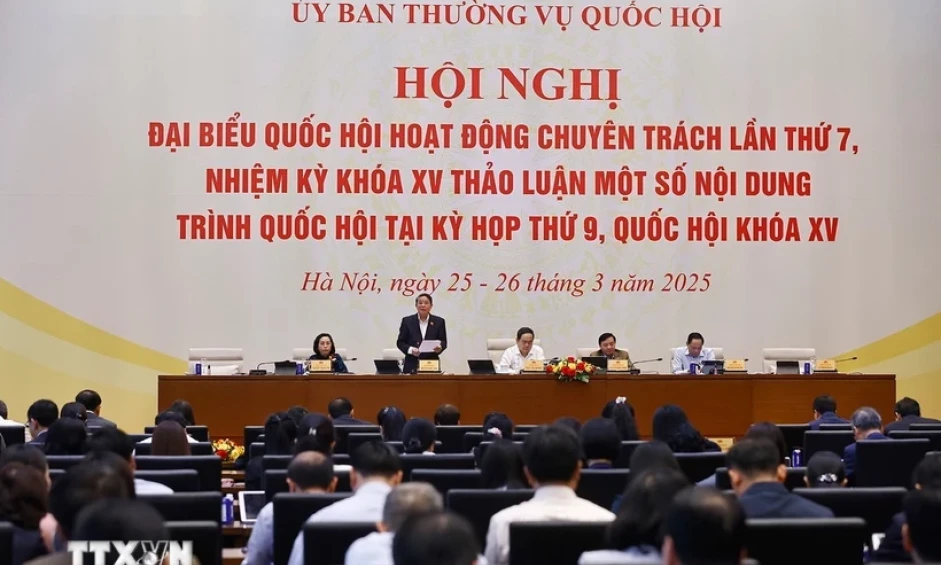
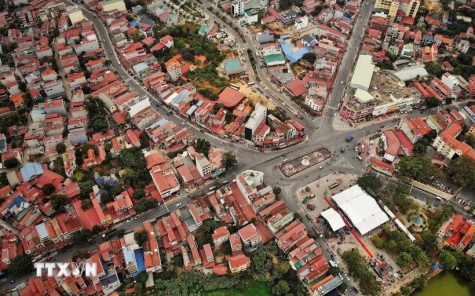

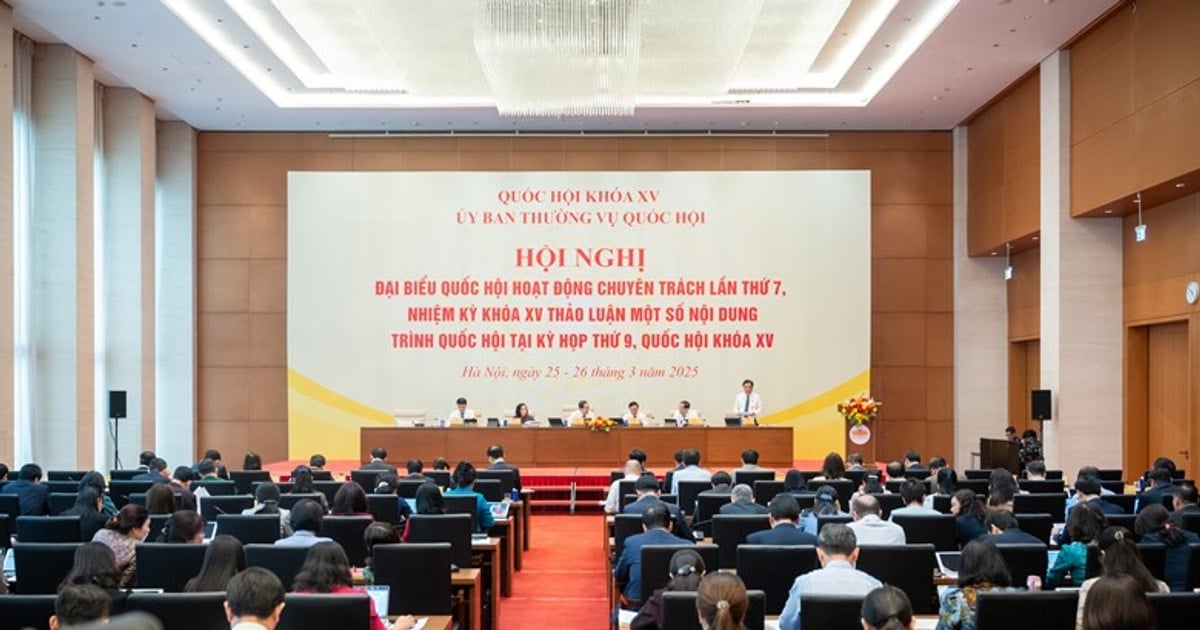




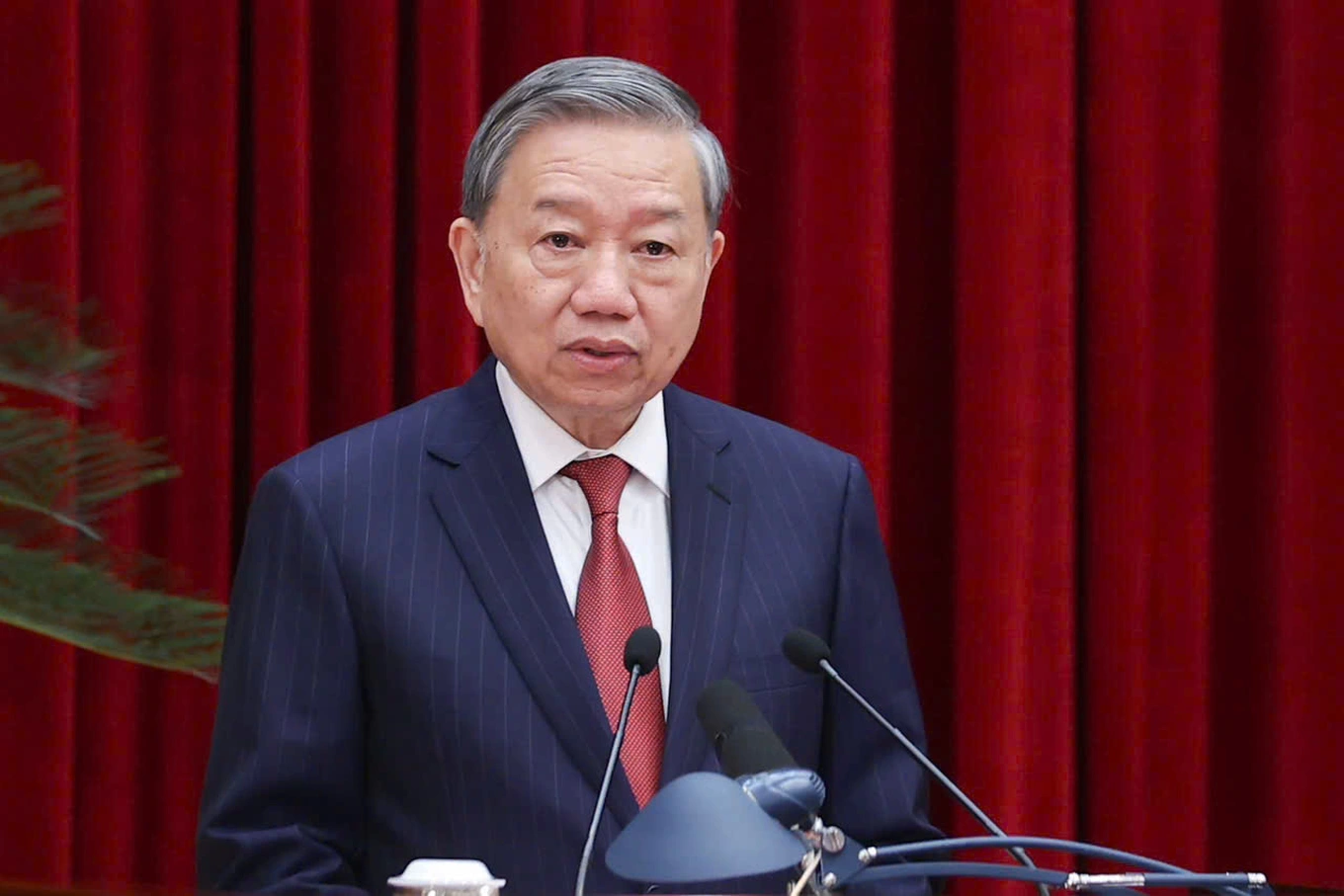






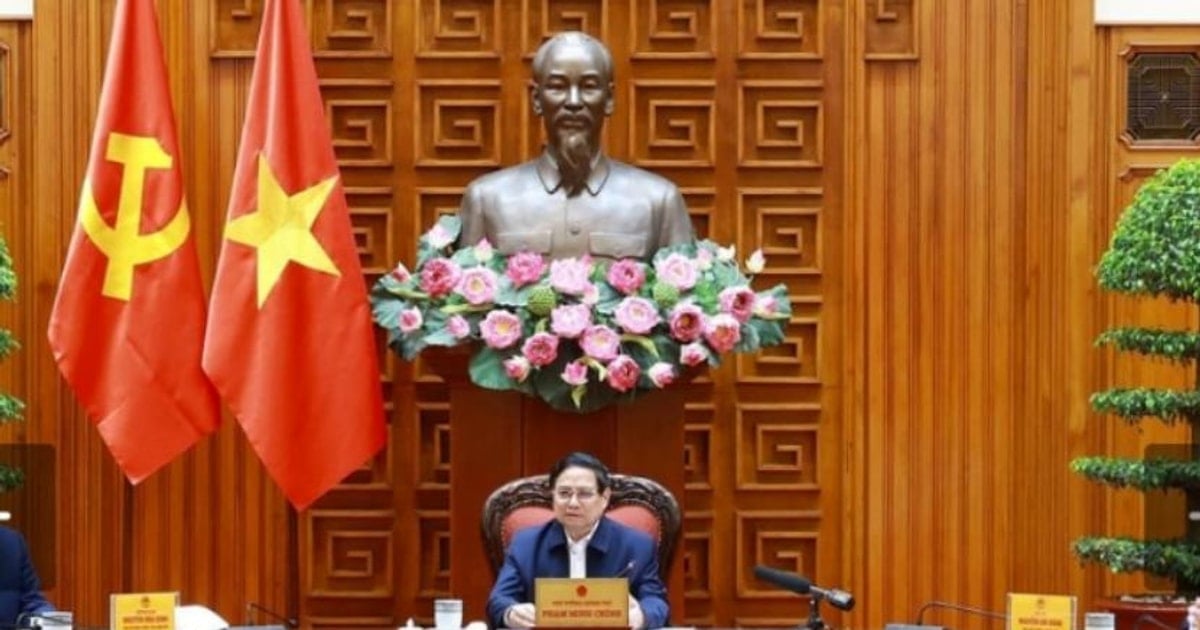

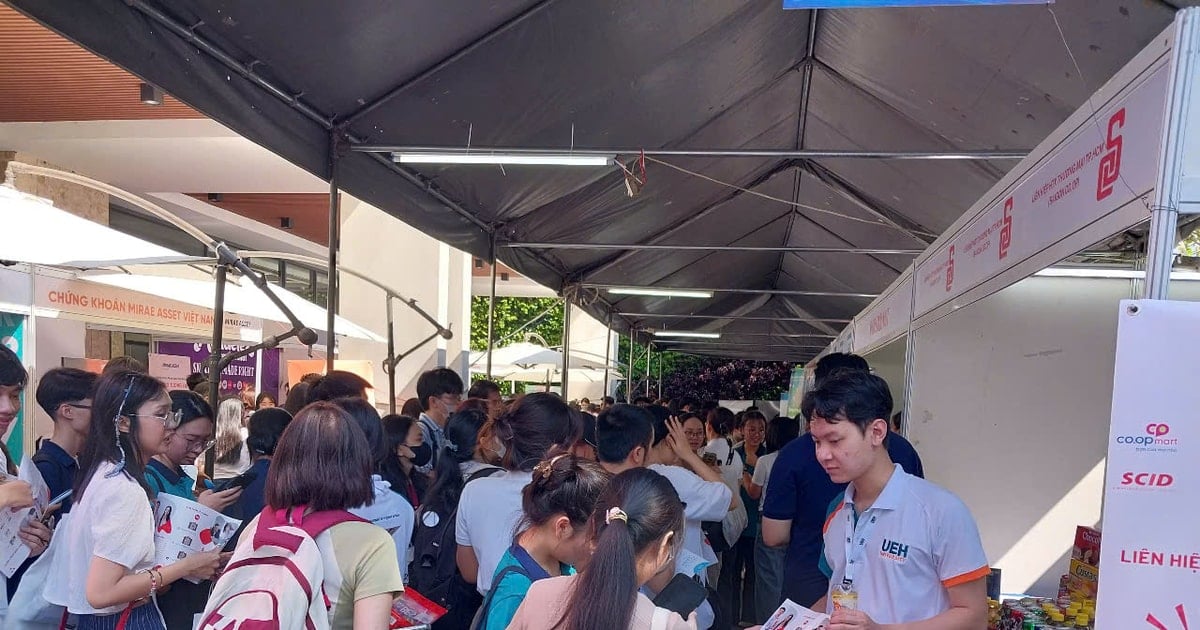
















































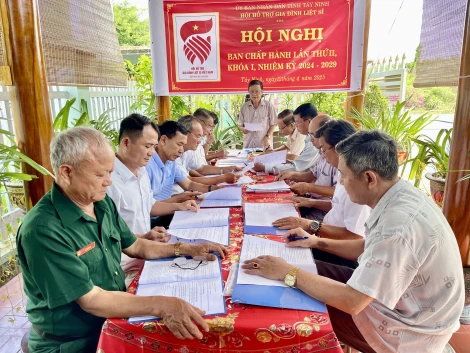



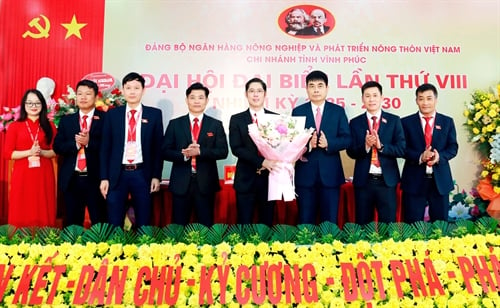












Comment (0)